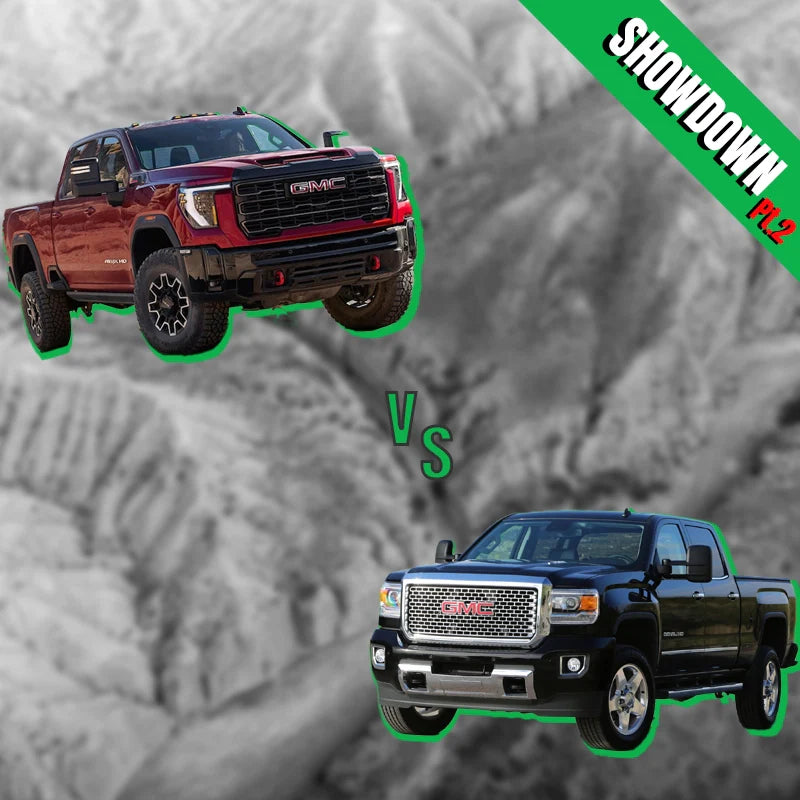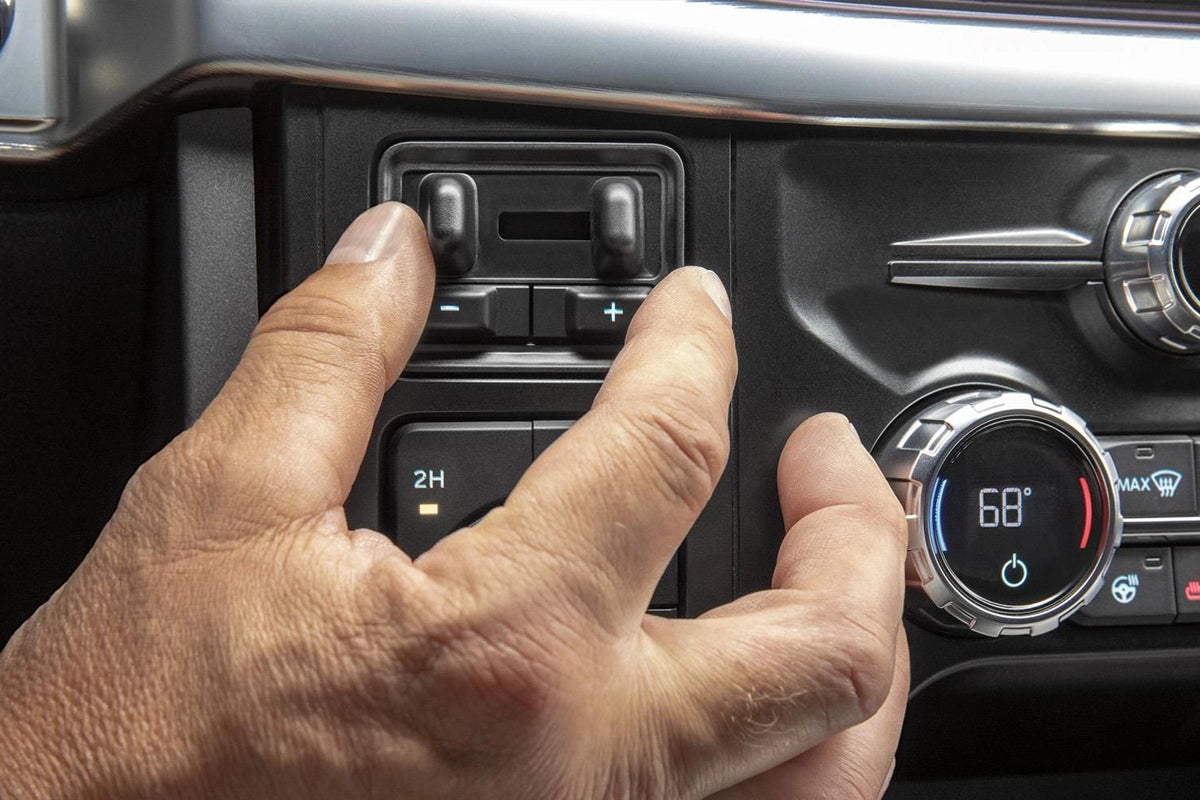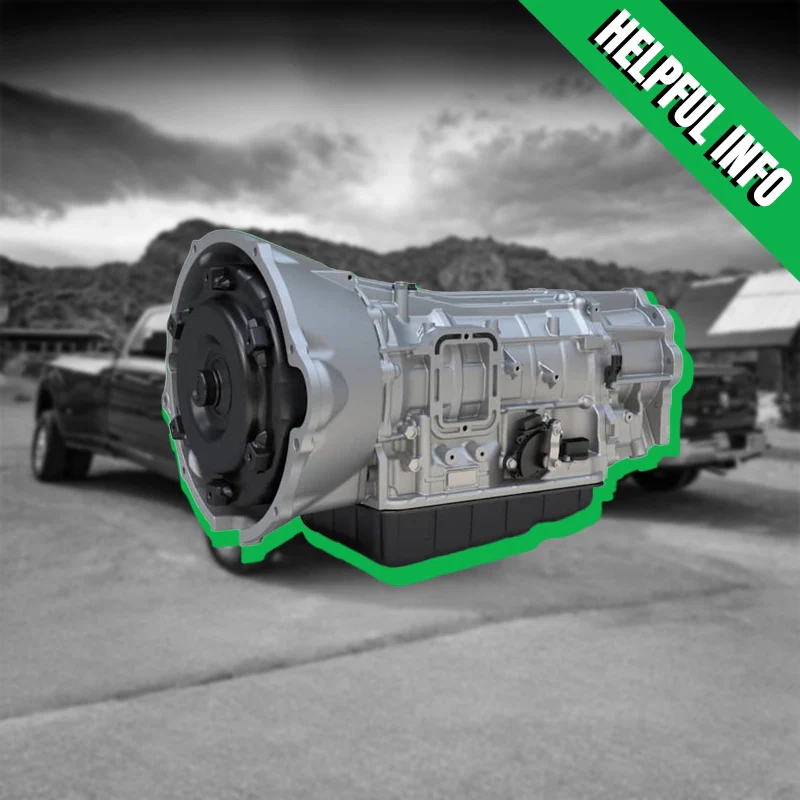

New Vs. Late Models, Pt 2: Buying a Used Diesel Truck - Power Stroke, Cummins, or Duramax?
Our last article took a pretty deep dive into the “new vs. late model” debate, and we’ve gotten a lot of feedback and opinions since that article posted. The other side is this: the numbers don’t lie; for every new diesel sold, hundreds are listed on the market used. For many truck buyers, choosing a used diesel truck over a brand-new one is a smart financial move. Modern heavy-duty diesels are built to last, and with the right approach, you can find a low-mileage Power Stroke, Cummins, or Duramax that was babied by the first owner and will still deliver exceptional performance at a fraction of the cost of a new model. But with so many options and variables, how do you make sure you’re getting the best truck for your money?
This guide breaks down the most important buying considerations, helping you navigate warranty status, financing, how you'll use the truck, key features, and upgrade potential. Whether you're eyeing a Ford Super Duty, a Ram 2500/3500, or a Chevy/GMC Duramax, this guide will help you make an informed decision.
1. Warranty & Maintenance History: Know What You're Buying

One of the biggest advantages of buying a late-model used diesel truck (five years old or newer) is the potential remaining factory warranty. The big three manufacturers all offer 5-year/100,000-mile powertrain warranties, meaning a truck with under 100K miles might still be covered.
However, it's critical to check if the truck was tuned, deleted, or heavily modified, as these void most factory warranties. A clean Carfax report and service records can provide peace of mind. Look for signs of consistent maintenance, including oil changes, fuel filter replacements, and transmission servicing. At the same time, look for things that are “too clean” versus the rest of the truck. A transmission with no road grime on it might mean somebody got a little too happy with it, or a brand new turbo and old boost tubes. It’s easy to lean on a Carfax a little too hard – really LOOK at the truck when you’re thinking about a purchase and make sure what you’re seeing “adds up.”
Have the local dealership run the VIN to see if the truck is under any recalls, or if any have ever been done. You’ll be surprised how often previous owners ignore factory recalls. (There’s a reason “previous owner” is abbreviated as “P.O!”)
2. Cost of Ownership: Upfront Price vs. Long-Term Expenses

Buying used means avoiding the massive depreciation that hits new diesel trucks in their first few years. A 2- to 4-year-old truck can cost $10,000 to $25,000 less than new, while still offering modern features and reliability. However, financing costs on used trucks are often slightly higher than new ones, so running the numbers is key.
Additionally, consider the cost of ongoing maintenance and repairs. Diesel trucks are built to last, but components like fuel injectors, turbos, and emissions systems can be expensive to repair once they’re out of warranty. Factor in long-term reliability alongside the purchase price. A lot of early Duramax owners were shocked at the cost of a set of injectors, and we won’t even go into what 6.0 Power Stroke owners went through when those trucks were new…
3. Power Stroke, Cummins, or Duramax: Which One is Right for You?

Each diesel platform has its strengths and weaknesses, and choosing the right one depends on how you’ll use the truck.
- Power Stroke (Ford 6.7L) – Found in F-250 and F-350 Super Duty trucks, this engine offers high-end technology, excellent towing capacity, and strong reliability when maintained properly. Its complex emissions system can be a weak point if not cared for, but newer models have improved significantly.
- Cummins (Ram 2500/3500 6.7L) – The inline-six Cummins is legendary for its simplicity and longevity. It’s a favorite for heavy towing and long-term durability, but Ram’s automatic transmissions have historically been a weak spot, so pay attention to transmission health on used models and your intentions in terms of performance upgrades or hauling heavy.
- Duramax (Chevy/GMC 2500HD/3500HD) – The 6.6L Duramax, paired with the Allison transmission, is one of the smoothest powertrains available. Newer L5P Duramax engines (2017+) offer massive power gains, but fuel system failures (like CP4 pump issues) should be a consideration on certain years.
4. Work, Play, or Both? Matching the Truck to Your Needs

How you plan to use your truck will determine which features and configurations are most important.
- Heavy Towing (15,000+ lbs)? Look for high-output diesel models, factory tow packages, and reinforced transmission cooling systems.
- Daily Driving & Light Towing? A 2500 series diesel may be a better option than a 3500, which can ride rougher when unloaded.
- Off-Roading & Overlanding? Trucks with factory lift options, skid plates, and locking differentials will provide better performance.
- Work Truck? A vinyl interior, rubber floors, auxiliary switches, or even cab and chassis set ups might be more valuable than leather seats and infotainment systems.
Understanding these priorities will prevent paying for options you don’t need while ensuring you get the features that matter.
5. Must-Have vs. Nice-to-Have Features

Late-model diesel trucks are packed with modern tech, luxury, and safety features. But which ones are essential, and which are just marketing hype?
- Must-Have Features: Tow package, integrated trailer brake controller, exhaust brake, heated side mirrors, and backup camera.
- Nice-to-Have Features: Adaptive cruise control, 360-degree cameras, massaging seats, and head-up display.
If you plan to upgrade wheels, suspension, or performance parts, it might make sense to avoid paying for high-trim factory packages that you’ll end up replacing.
6. Modifications & Upgrades: Stock vs. Custom Builds

If you plan on keeping the truck stock, then buying a fully loaded, high-trim model might make sense. But if you’re planning to upgrade performance, suspension, or interior components, a more basic model could be the better buy.
- Want to add bigger wheels and tires? Skip the factory chrome wheels and opt for a truck with basic alloys.
- Planning to install a lift kit? A stock suspension setup might be preferable over a factory-offered mild lift.
- Going for performance mods? Consider a truck with a strong transmission and fuel system rather than one loaded with luxury features.
Buying used gives you the flexibility to customize your truck without paying for factory-installed features you’ll replace anyway.
Final Thoughts: The Smart Way to Buy a Used Diesel
Whether you go with a Power Stroke, Cummins, or Duramax, buying a late-model used diesel truck is all about finding the right balance of price, features, and condition.
If you want full warranty coverage, low mileage, and factory options, look for a Certified Pre-Owned (CPO) truck from a dealer. If your priority is getting the best deal and customizing the truck, an off-warranty private sale might offer more value.
No matter which diesel platform you choose, Alligator Performance has the parts and expertise to help you turn your used truck into the ultimate tow rig, workhorse, or adventure vehicle. Ready to upgrade? Let’s make it happen.
Learn More
Was this article helpful? Pass it on
- Choosing a selection results in a full page refresh.
!









